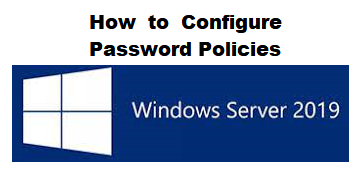Password authentication is use for securing web resources and limiting access to authorized users.
Benefits of using password authentication
- Access Control
- User Management
- Security
- Privacy and Confidentiality
- Temporary Access
- Compatibility
Step 1 — Installing the Ubuntu Apache Utilities Package
Apache utility called as a htpasswd, part of the apache2-utils package. This package is a manage the username and passwords needed to access restricted content.
sudo apt update
sudo apt install apache2-utils
Step 2 — Creating the Password access File
The htpasswd command will allow to create a password file for that Apache can use to authenticate users.
We will create .htpasswd file in the /etc/apache2 directory. we have add the -c option to create the specified passwdfile.
We have using specify username (sohan)
sudo htpasswd -c /etc/apache2/.htpasswd sohan
This command run after you will be asked the password. Then you can enter the password.
If you check encrypted password in this directory
cat /etc/apache2/.htpasswd
Step 3 — Configuring Apache Password Authentication
Apache authentication two way you can apply.
1).htaccess file create in the project directory. Below image type content add in the .htaccess file.
Add this location in a add authentication method. /etc/apache2/sites-available/Domain_Name.conf
You have set authentication, you can restart apache2 service
sudo systemctl restart apache2
Step 4 — Confirming Password Authentication
Browser in a heat the domain url heat. Then you can check enter the authentication username and password.
If you enter the wrong credentials or hit “Cancel”, you will see the “Unauthorized” error page.
Remember that while password authentication provides basic security, it is not the most secure option available. Consider using additional security measures, such as enabling HTTPS (SSL/TLS) to encrypt communication, and encouraging users to choose strong and unique passwords. For even stronger security, you might also explore more advanced authentication methods like two-factor authentication 2FA(Two factor authentication)
Additionally, always keep your server and software up-to-date to ensure you're benefiting from the latest security improvements and patches.











1 Comments
Very Nice
ReplyDelete